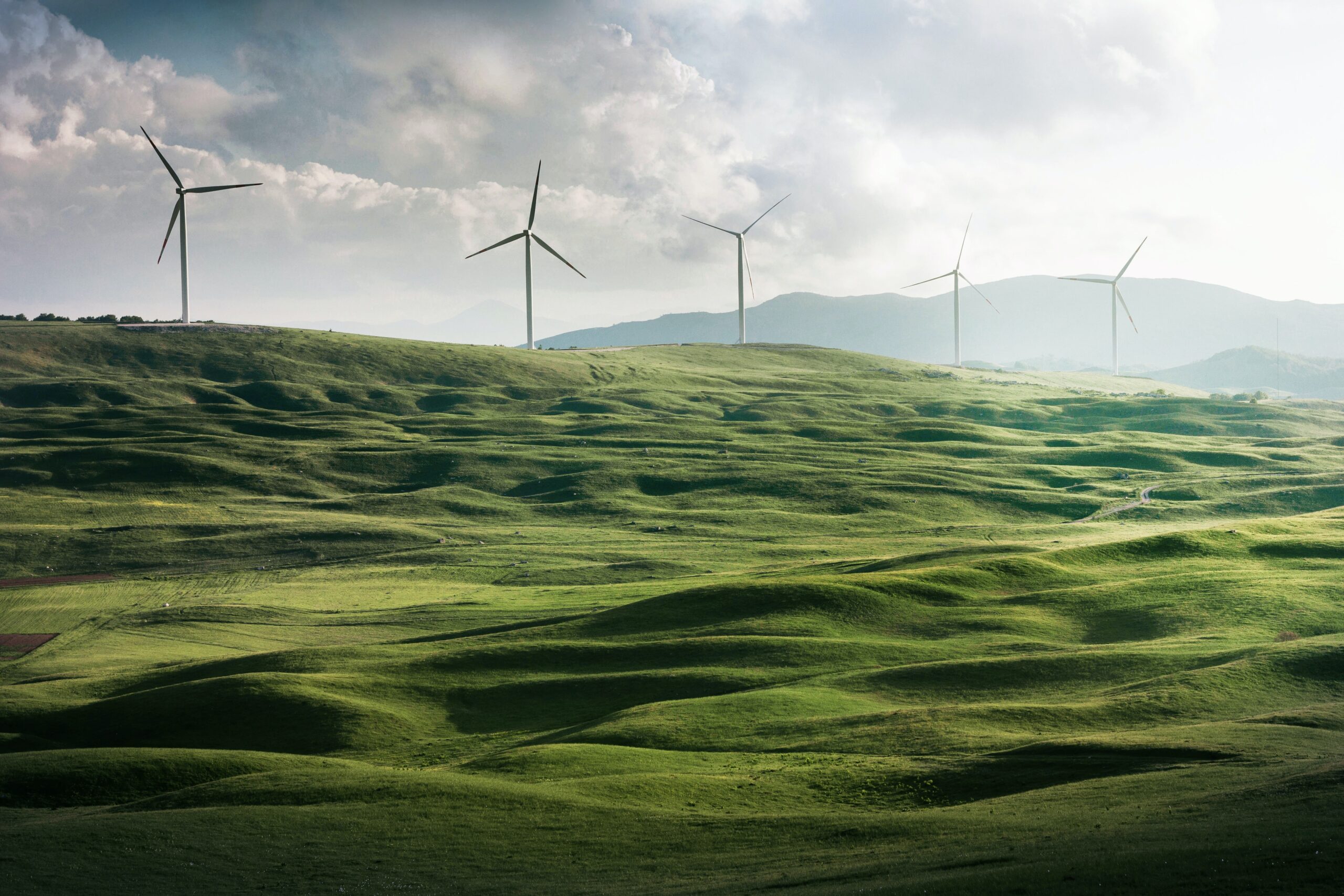Energy demand is growing with the worldwide population, which recently crossed eight billion people. The increased power consumption has led to higher emissions and more problems for the planet. Global warming is a clear and present danger to society, but what can people do about it? How have humans brought themselves to this point? Technology has helped, but it’s ultimately up to humans to unlock the green energy potential of the Earth.
How Are Humans Contributing to the Problem?
Global warming has been happening for over 100 years. Its origins date back to the mid-to-late 19th century when the Industrial Revolution began and many countries shifted from a primarily agricultural society to a manufacturing-based economy. People started using heavy machinery to mass-produce goods instead of manually creating them. These mechanisms increased production and lowered prices, but they set up the planet for harm.
The rise in manufacturing soon led to increased use of trains and later automobiles and planes. These transportation units connected global economies and made trade more accessible, thus leading to more wealth worldwide. But transportation added another layer of carbon dioxide (CO2) emissions to the planet. A century later, the U.S. and many other countries still rely on oil, gas and coal.
Can Humans Use Technology for Their Benefit?
Every decade, people find new ways to improve lives, whether it’s automobiles, refrigerators, personal computers, air conditioners or other inventions. These technologies make life easier and more comfortable for millions daily, but the adverse effects of these inventions have started to add up. The long-term risks — like CO2 emissions — outweigh the benefits in the long run, so people need to think smarter about technology.
These technological advancements have positively and negatively affected human life, but they don’t necessarily deserve the blame. Humans can’t expect technology to do the work for them. They must change the basics and find ways to fix the problems they created.
For example, the automobile has been integral to economies worldwide. Still, it’s time to move past internal combustion engine cars and switch entirely to electric vehicles (EVs) because of their reduced emissions. All EVs — whether hybrids or fully electric — produce fewer or zero tailpipe emissions than gasoline vehicles.
Another example lies in the building industry. Generating power for houses and office buildings has empowered many families and businesses. But these facilities are responsible for 38% of the United States’ CO2 emissions and 68% of electricity consumption. Building owners should switch to more efficient energy systems like solar panels or wind energy to fix this problem.
How Can People Create Green Energy?
Switching to cleaner energy sources is necessary for saving the planet. These strategies show how people can create green energy and mitigate the harmful effects of fossil fuels.
Reducing Fossil Fuel Subsidies
Creating green energy starts with governments worldwide. These institutions are the most influential in changing and enforcing public policy for the greater good. Among the first steps to green energy would be to lower subsidies to the fossil fuel industry. Subsidizing oil, gas and coal is one of the most significant obstacles to a greener planet — the International Monetary Fund (IMF) says the world collectively spent about $6 trillion to subsidize these companies in 2020.
Fossil fuels create problems for the planet both environmentally and financially. Subsidies to this industry are often one-sided. Countries worldwide use public funds to subsidize oil and gas companies, but the IMF says half of these subsidies only benefit the top 20% of wealthy people in developing countries. Lowering dependence on fossil fuels means increasing equity for energy.
Increasing Renewable Energy Subsidies
Nations decreasing their fossil fuel subsidies should use those funds to invest in renewable energy. The United Nations has a net zero coalition through the Paris Agreement, also known as the Paris Climate Accords. This agreement calls for participating countries to reduce global warming to 1.5° Celsius, cut emissions in half by 2030 and achieve net zero by 2050.
To reach this ambitious goal, there needs to be increased investment in renewable energy subsidies. Current plans from leading governments aren’t enough to achieve net zero emissions by 2050. The International Energy Agency (IEA) says the world needs to invest $4 trillion annually to reach that goal. The IEA also says that countries must cease investment in new oil and gas projects and coal plants.
Phasing Out Fossil Fuels
A rapid transition from fossil fuels to green energy is challenging, but it will be necessary to achieve ambitious aims. Burning oil, gas and coal has been the primary contributor to global warming for two centuries. These fossil fuels release CO2 into the atmosphere and trap heat. In 2022, fossil fuel emissions reached a record high and a report from the Global Carbon Project found emissions increased in the U.S. and India.
The time has come to phase out the fossil fuel industry for the planet’s betterment. But there must be a deliberate transition to ensure the current oil, gas and coal employees find jobs in green energy or a new sector. The fossil fuel industry employs nearly two million Americans — it’s essential to take these workers and retrain them to work in renewable energy. Cooperation will be necessary from the fossil fuel industry, federal and state governments involved and the workers.
Making Green Tech a Public Good
Transitioning to renewable energy sources like solar and wind is necessary, but there must be a worldwide movement to ensure people on every continent have access. This strategy entails making these technological developments a global public good. The world must verify everyone has access to solar panels and wind turbines, not just the richest people and the wealthiest nations.
Many developing countries stay dependent on fossil fuels. The cost of oil and gas has lowered over the last few decades, making it easier for them to rely on them. Upfront investments in green energy can be steep for nations that can’t afford it, leading to a gap between industrialized and developing countries with energy efficiency. Some nations may need outside help to afford green technology.
Advancing Green Energy for the Greater Good
Technological advancements have helped society progress — they connect countries and economies and make life easier for billions worldwide. Unfortunately, there can be negative consequences to these inventions.
It’s time for humans to consider their impact on climate change and rethink these great technologies, such as cars, agriculture machinery and building energy mechanisms. People should take green energy more seriously and make it more available worldwide while there’s still time to correct mistakes.











